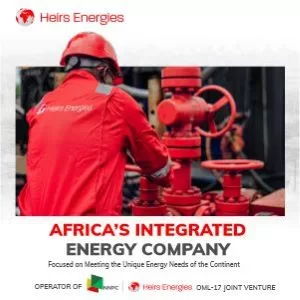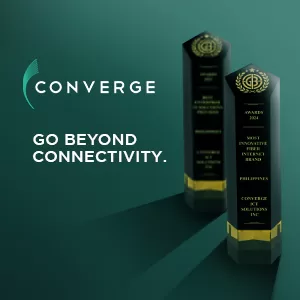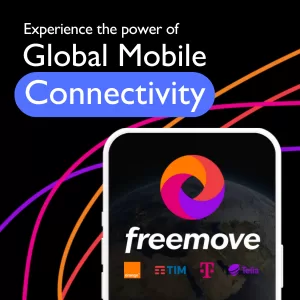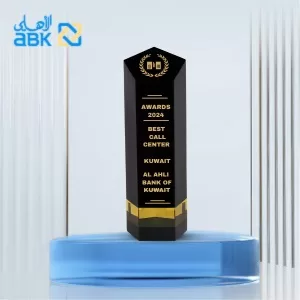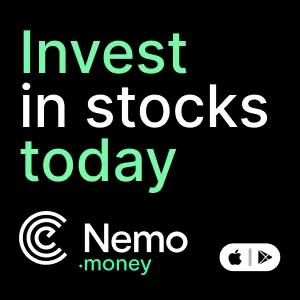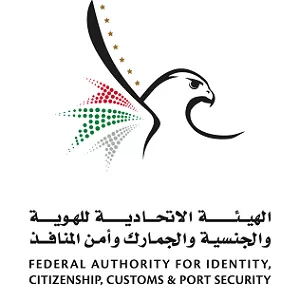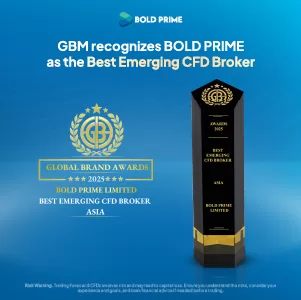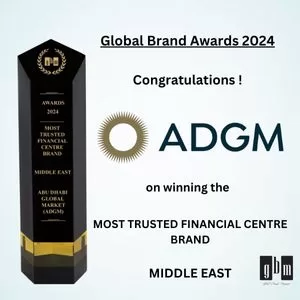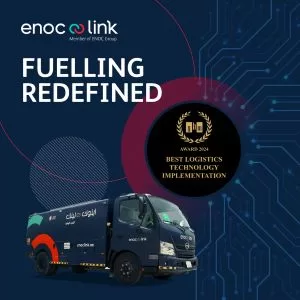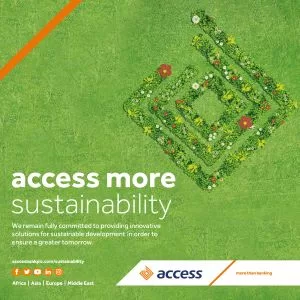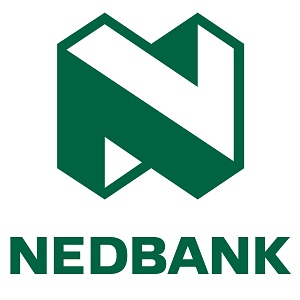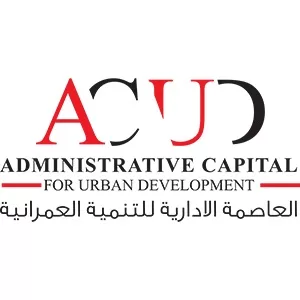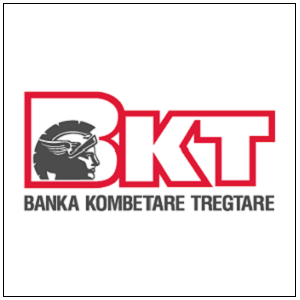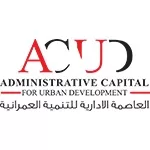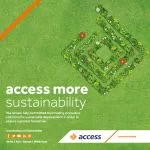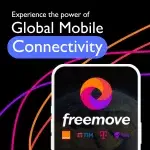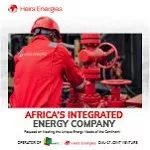Brands Social
Meta’s Project Waterworth: World’s Longest Sub-Sea Cable for Global Connectivity
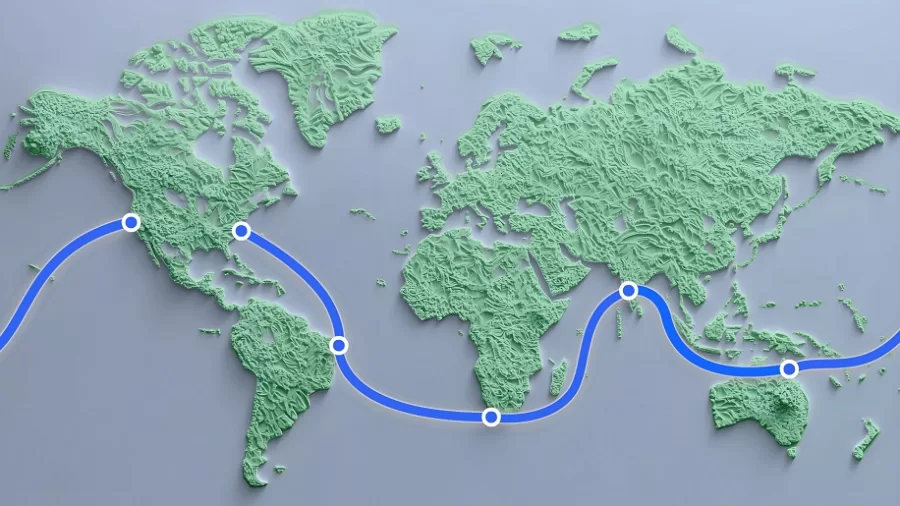
- Project Waterworth is the meta-project that aims to build a record-breaking global connectivity solution with the help of an AI initiative across five continents.
- Steering clear of geopolitically hot regions will also help boost America’s financial muscle by channelling a series of security impacts through an elaborate infrastructure system.
The latest project by Meta, the tech powerhouse behind Facebook, Instagram, and WhatsApp—the Waterworth Project—is an initiative aiming to lay down a submarine cable over 50,000 km. This ambitious project aims to connect the key regions, including the US, India, South Africa, and Brazil. Tagged as the longest underwater cable in the world when finished, it is part of Meta’s strategic moves toward widening its digital frontier beyond social media, laying the foundation for its aspirations in artificial intelligence and global connectivity.
Vast Diversity and Vision for Global Impact
This is not just like any other submarine cable; Project Waterworth plans to provide top-ranked connectivity to five major continents, as per Meta. The capacity of this 24-fibre-pair system is so unprecedented that it will set a completely new standard for digital infrastructure internationally, as Meta stresses in the blog post about the project concerning this capacity’s ability to perhaps “support greater economic cooperation, digital inclusion, and opportunities for the advancements in technology across the connected regions.”
The sheer scale of a potential initiative like that speaks volumes to Meta’s ability to continue to invest, ultimately aimed at grabbing an even bigger piece of that digital infrastructure pie, with its long-term plan of fusing hardware, software, and connectivity closer together to ensure a seamless digital experience for the users.
Competing in the Undersea Cable Industry: The Rising Demand for Digital Connectivity
The world continues to see its internet traffic transmitted over 95% of undersea cables; the appetite for reliable high-speed internet services is currently more promising. The latest figures from TeleGeography establish that over 600 publicly declared sub-sea cable systems are known to be functioning across the world at present; yet, Project Waterworth excels all by far in size and technology.
Meta is not alone in this game; a growing number of IT businesses are investing in underwater cable infrastructure to support their digital ecosystems. In 2024, Google announced the construction of a quest connecting Africa to Australia and the United States. $1 billion intended for the connectivity enhancement in the Pacific Ocean. These developments illustrate the swift diversion of power to the tech giants in the field of digital infrastructure that in the past has been under the control of national telecom companies.
Shaping the Future of Global Digital Markets
Vili Lehdonvirta, professor at the Oxford Internet Institute, remarks on the funding of massive infrastructure projects by tech companies themselves, demonstrating their growing sway within the worldwide digital markets. Thus, critical questions are raised on power concentration brought about by a few tech giants. Meta’s plans “to own more of the connectivity slice” exist to position it in front of its competitors as a main company providing integrated digital experiences. Concerns with and assertions on big tech, curated by Andrea Renda, may be summed up: The commission needs to establish a level playing field and frame an all-out, effective, and fact-based approach.
The telecommunications and technology analyst Paolo Pescatore accentuates Meta’s scheme for connectivity, but it is not limited to just that. It is about creating a unified platform that combines hardware, software, and connectivity, thereby lifting user experience to higher standards, he said.
Security Issues and Geopolitical Implications
More reliance on the fibre optic network has brought about significant security vulnerabilities of undersea communication cables to threats from attacks and accidents. Incidents such as those caused by accidental damage set the scene for rising geopolitical tensions within the undersea communications infrastructure.
Several jobs were initiated to address the challenges, such as when NATO began a project in January to boost ship surveillance around the Baltic Sea after critical underwater cables were compromised during the preceding year. Subsequently, a UK parliamentary committee has solicited evidence of the UK’s resilience when it comes to potential disruption from the relevant threats. These threats involve Russian and Chinese capabilities.
In this view, Meta takes certain security measures. Meta has planned to lay Project Waterworth cables deep up to 7,000 meters and has decided to use better burial techniques in high-risk areas, where waters close to the shore have shallow depths. This strategic approach is intended to prevent the cables from potential damage caused by ships’ anchors and other issues.
Navigating Geopolitical Challenges
Dr Lehdonvirta mentions how Project Waterworth calculatedly planned the circumvention of the overtly sensitive traditional sea routes, fly-by the Suez Canal or proceeding through the South China Sea, and essentially to connect the United States to the world of major markets in the Southern Hemisphere, circumventing and isolating Europe and China. Such an agreement could imply that this strategic alignment is part of a larger endeavour by the US to expand its economic and infrastructure influence in these regions while reducing geopolitical risk.
This informed decision now reflects Meta’s understanding of the complicated geopolitical chaos surrounding undersea cables, which are fully mandated to provide secure and stable communication.
A Game-Changer for Global Digital Ecosystems
Project Waterworth has been identified as a transformative force in global digital connectedness, having the potential to reshape economic cooperation, digital inclusion, and technical advancements. As Meta is putting up its infrastructure investments, the forces for digital empowerment would outstrip their opposing forces in the traditional telcos, thus enhancing its claim as an entity in the pantheon of IT titans.
Meta is thinking far beyond just traditional cable networking and approaching digital infrastructure in this project, in a nod to Meta’s strategic vision in respect of its bold initiative, as one inescapably apparent as digital infrastructure is recognised in this interdependent world. With Project Waterworth, Meta is connecting not only with fibre cables but also binding the future of global communications infrastructure.





